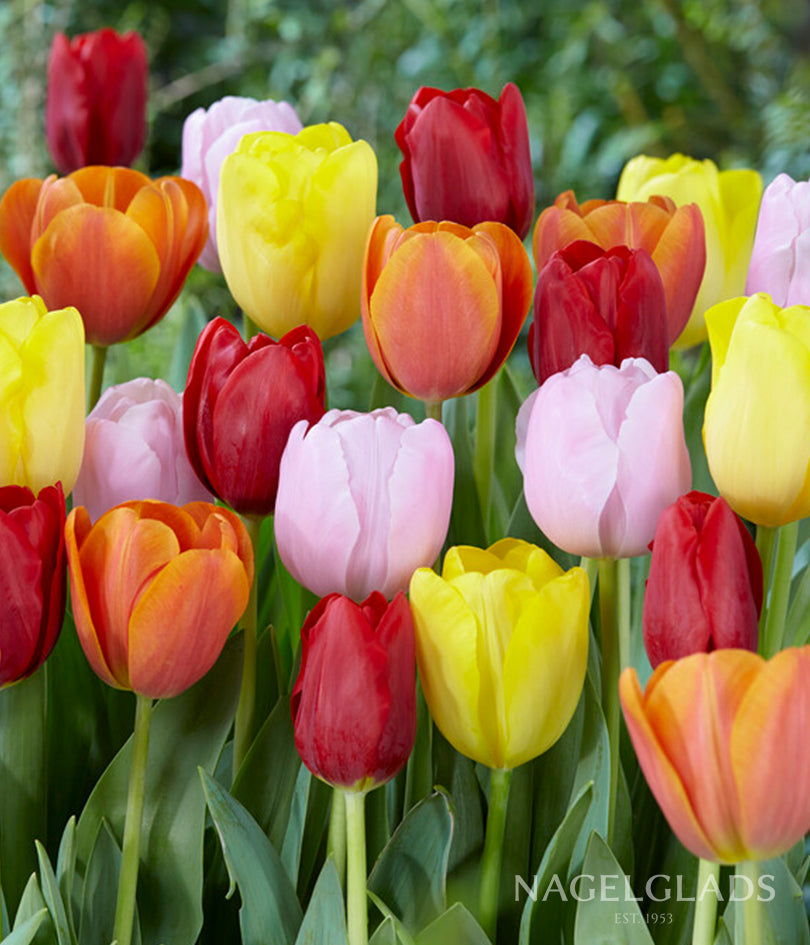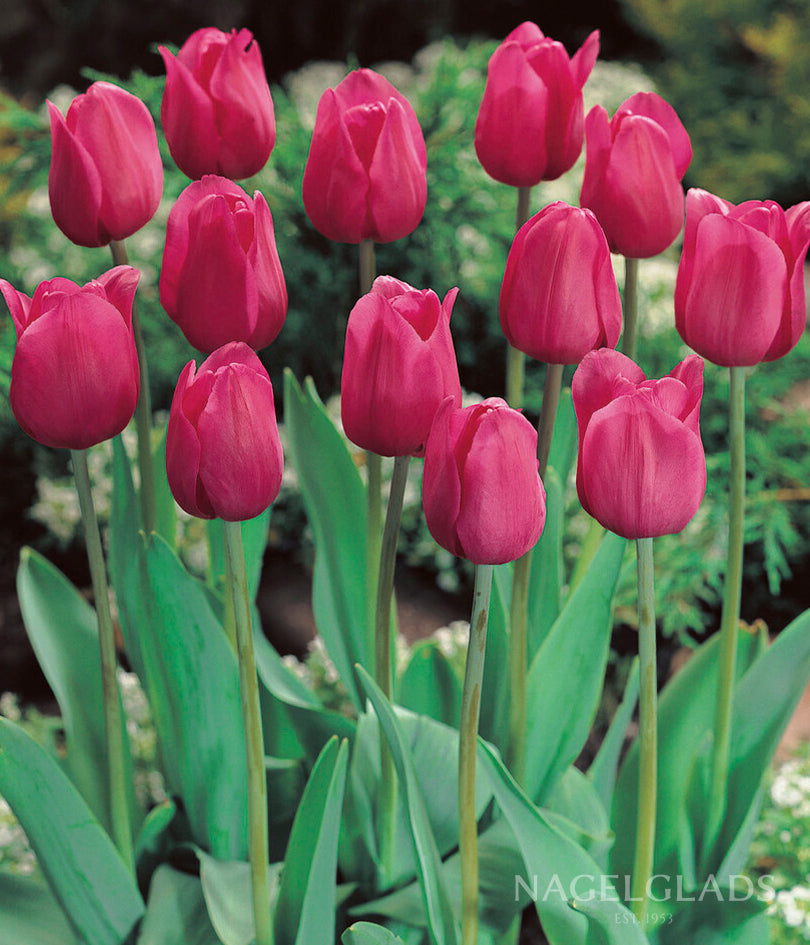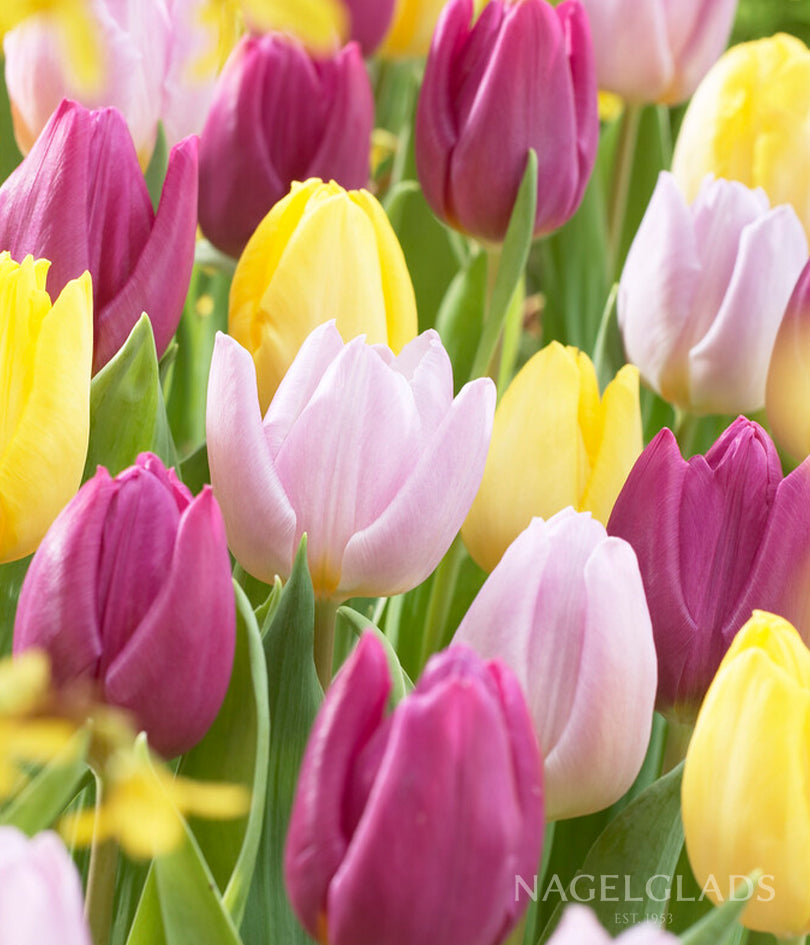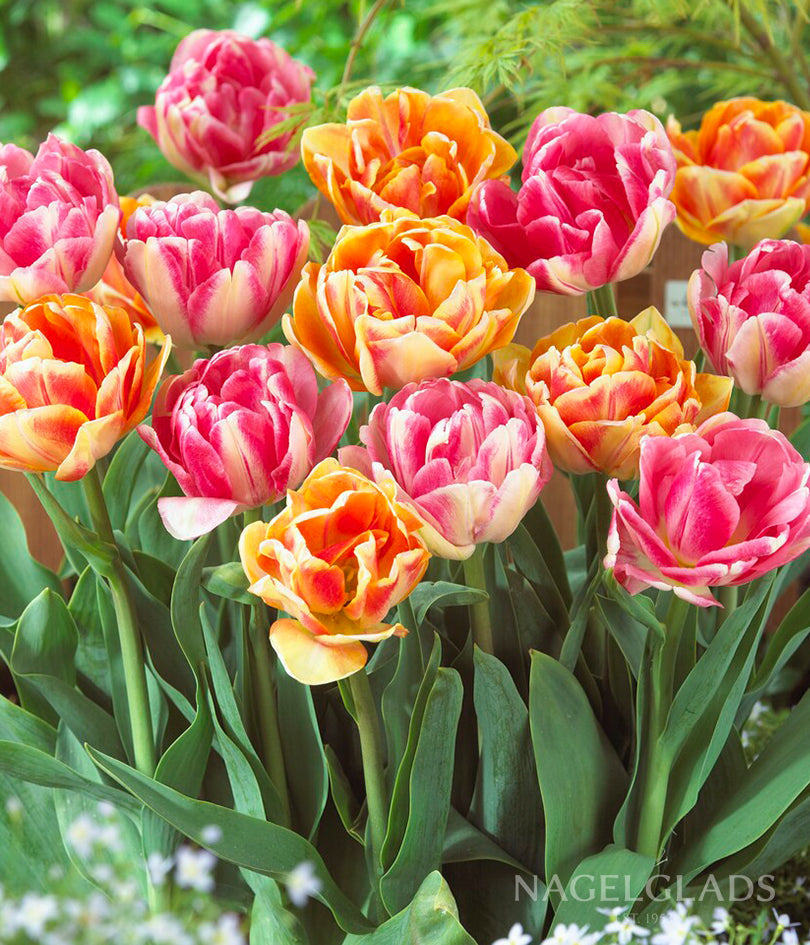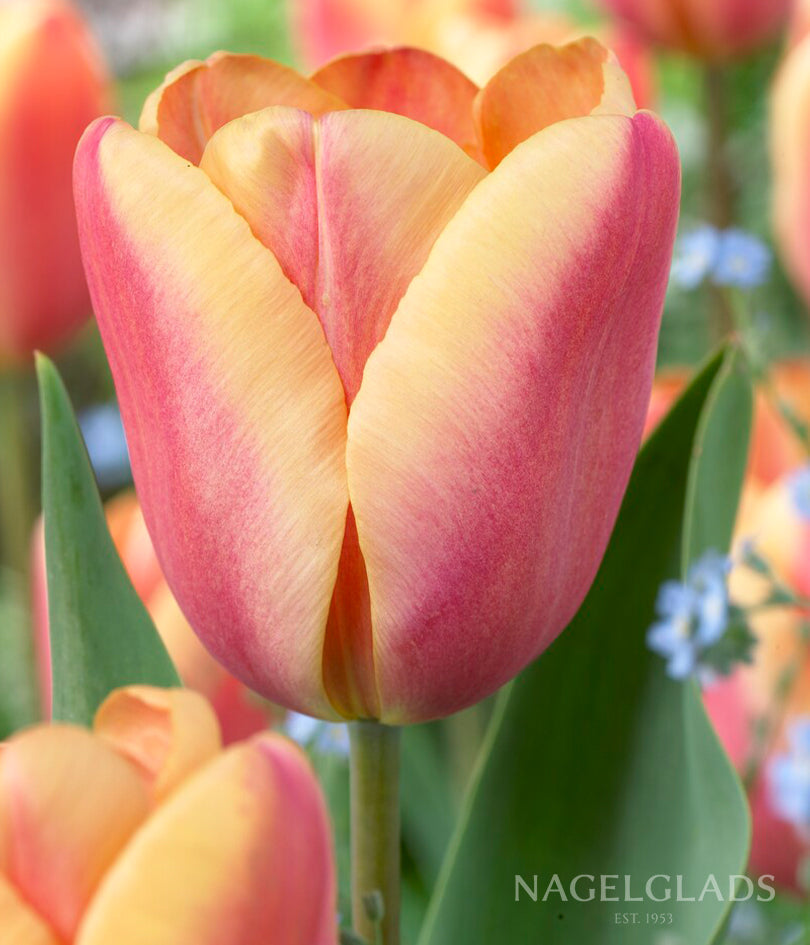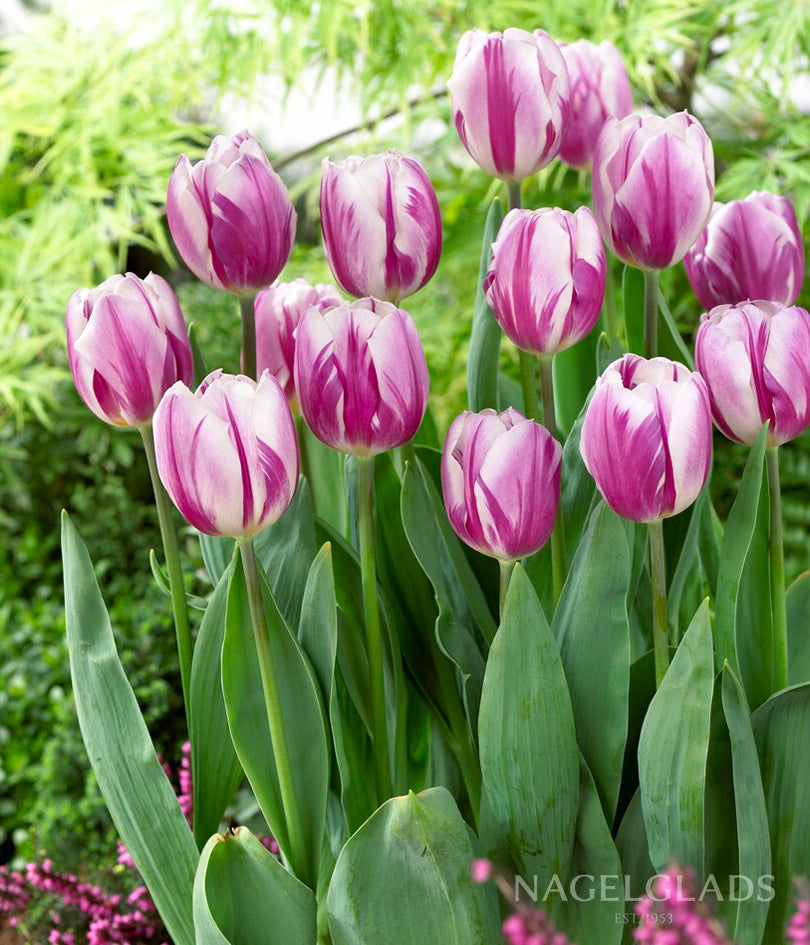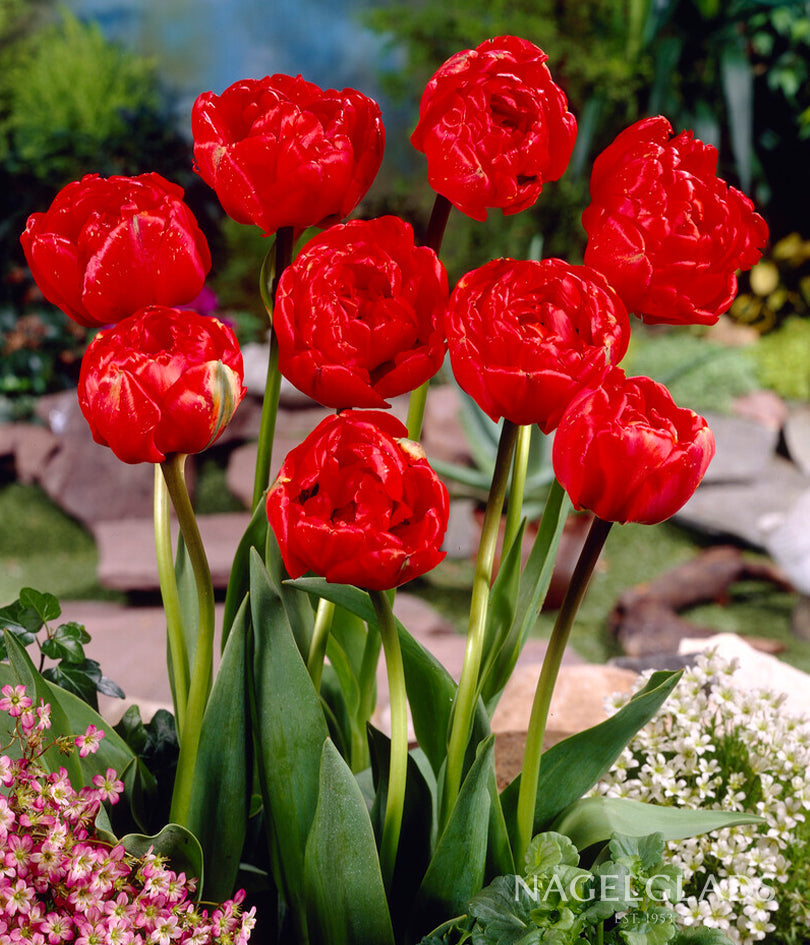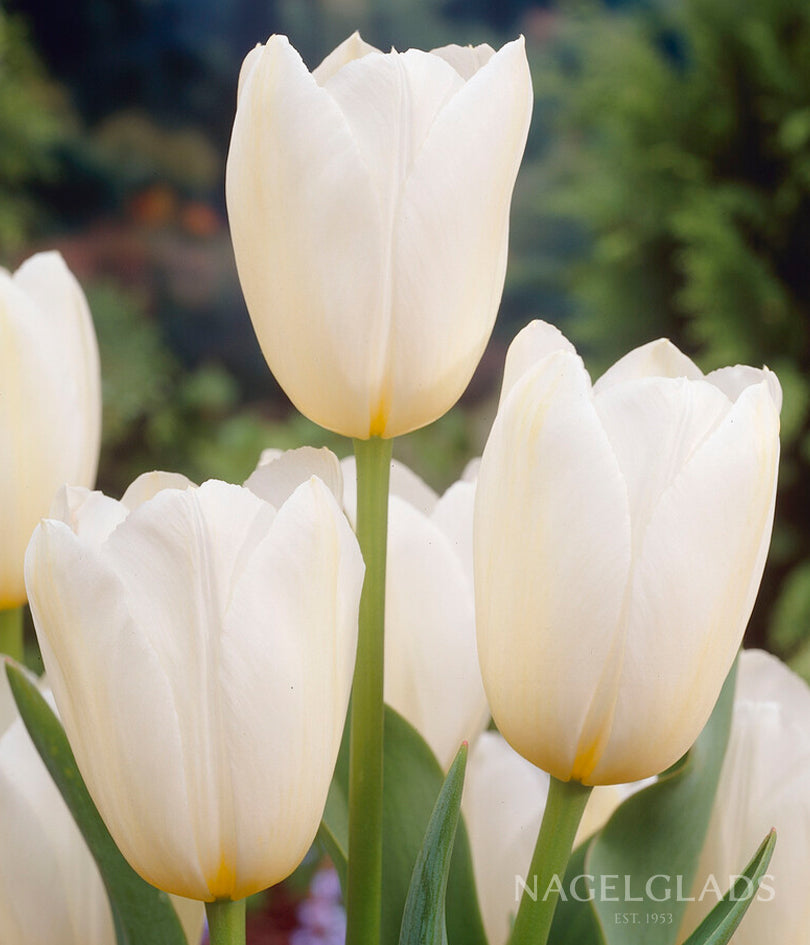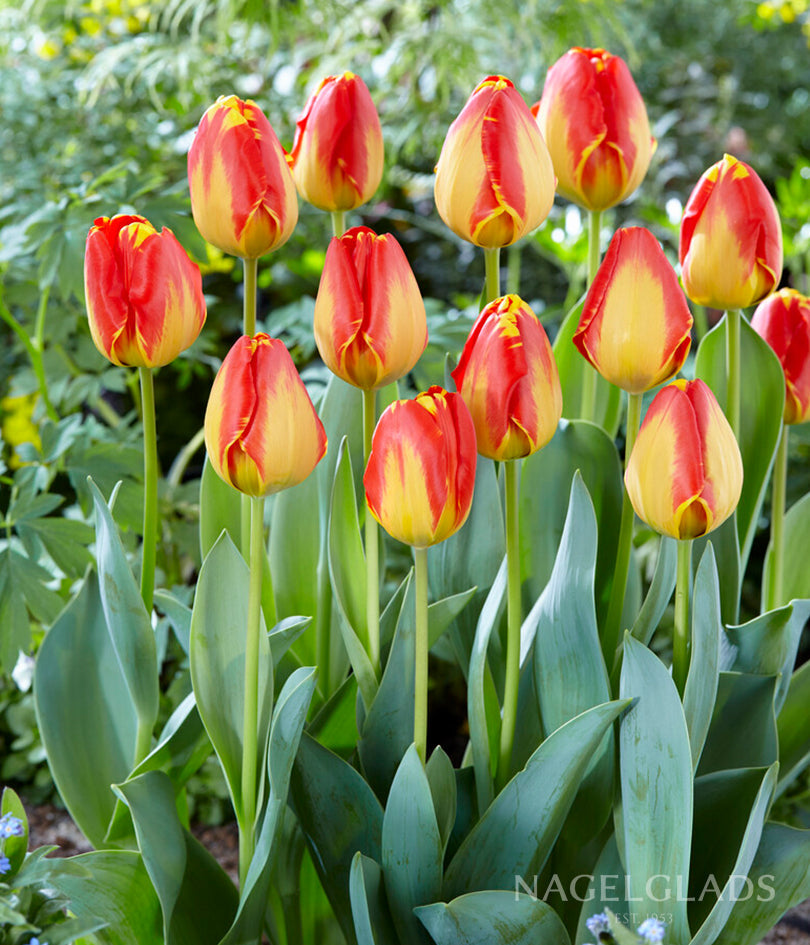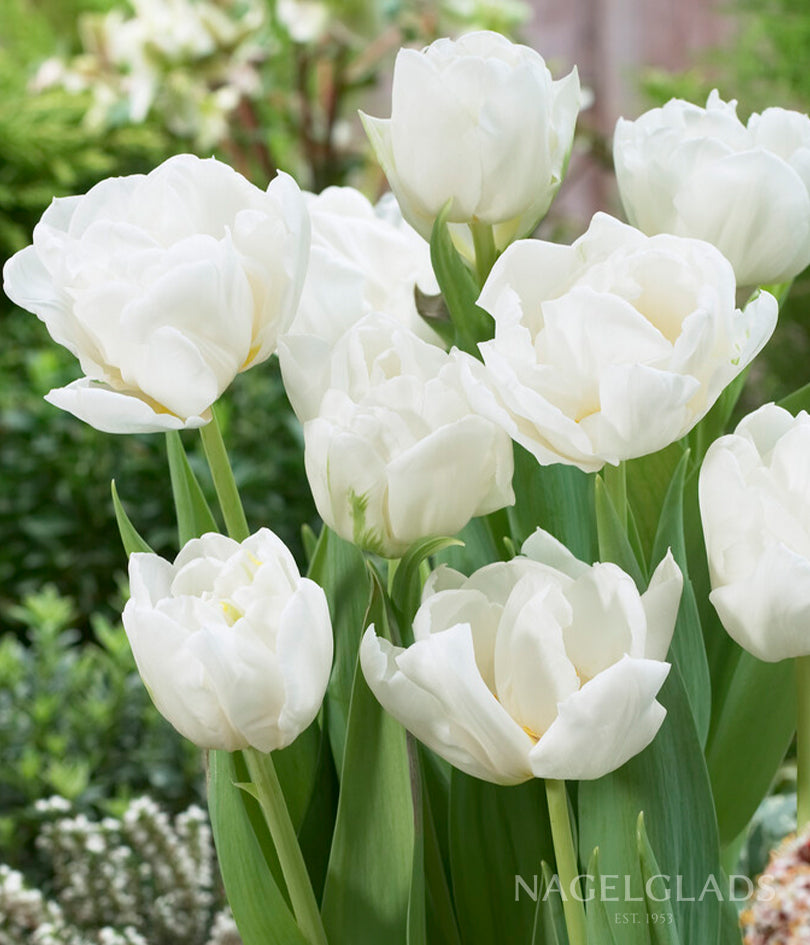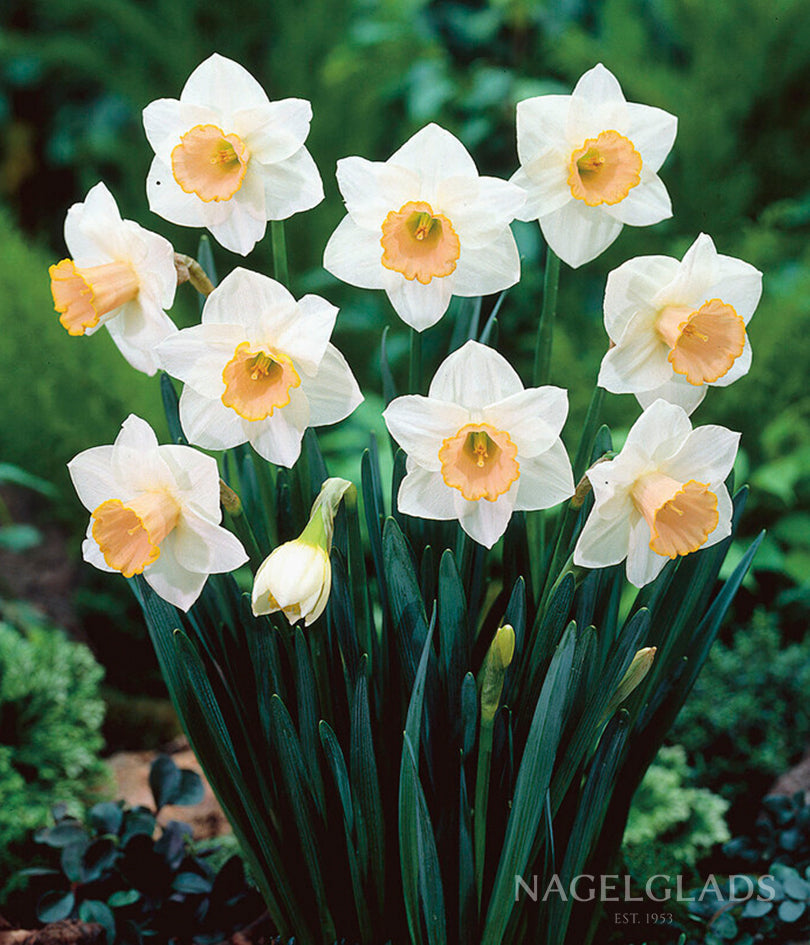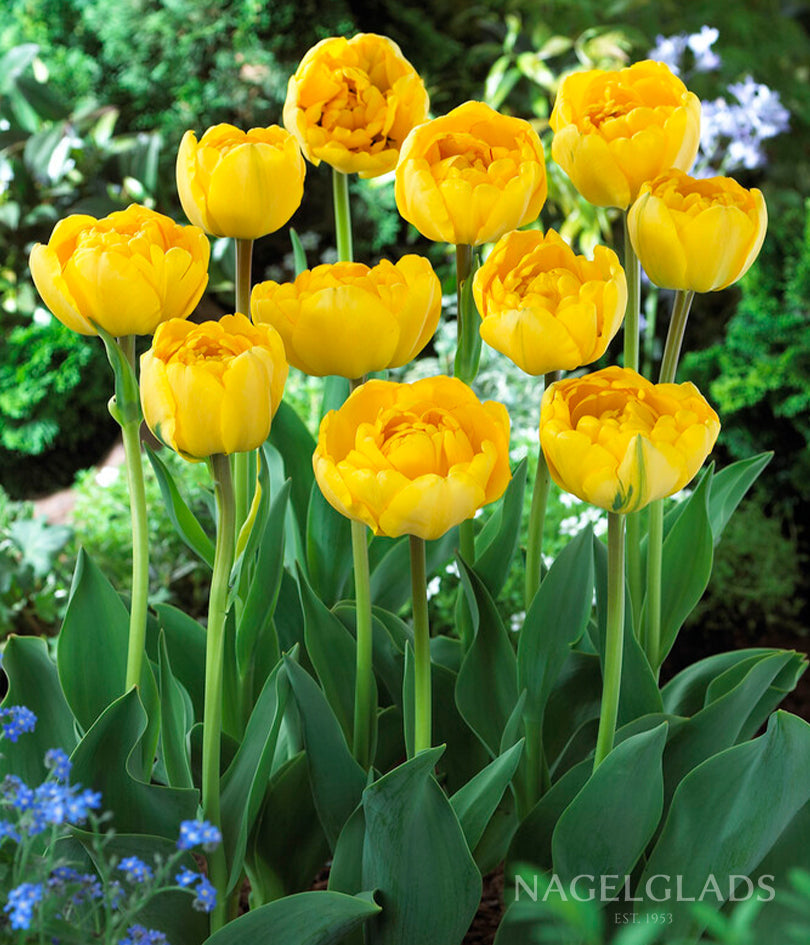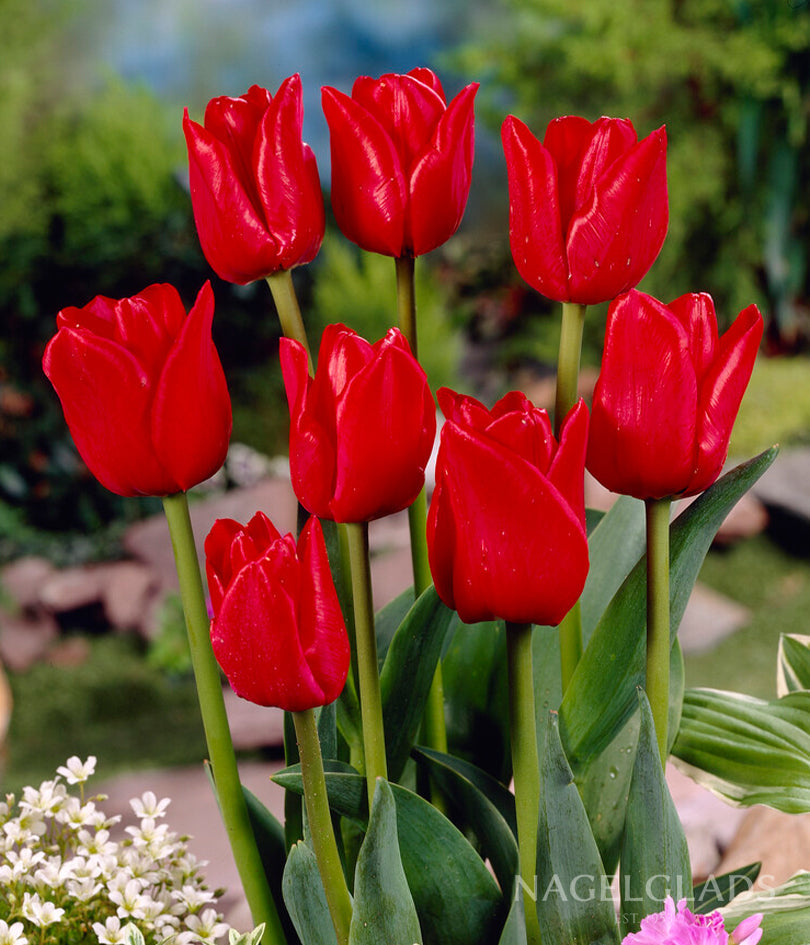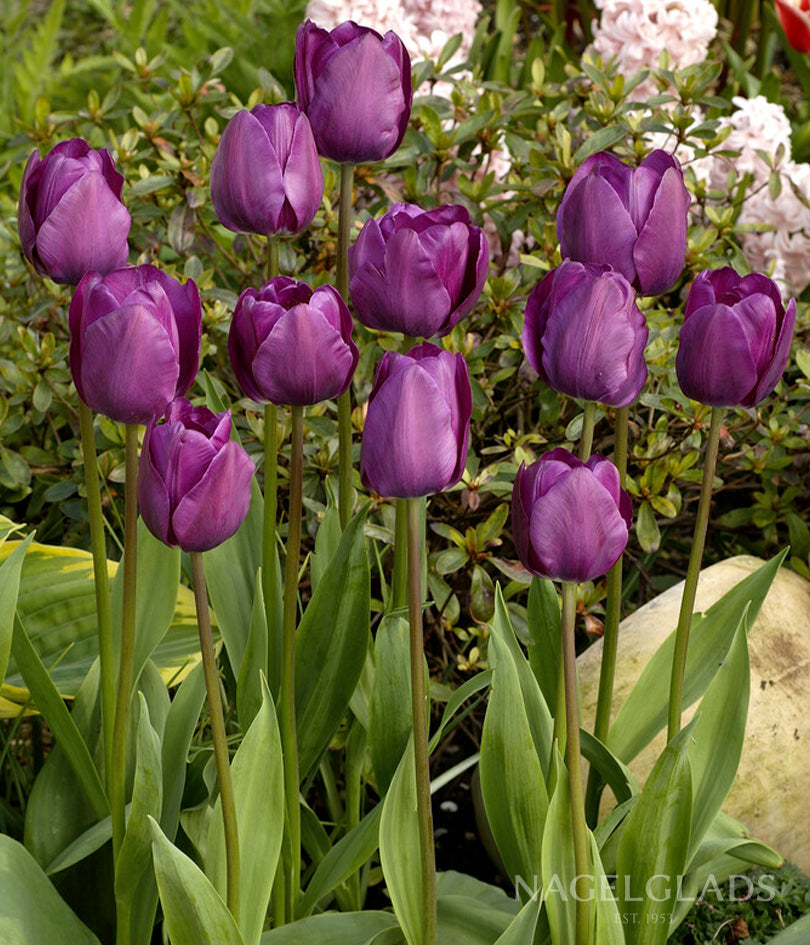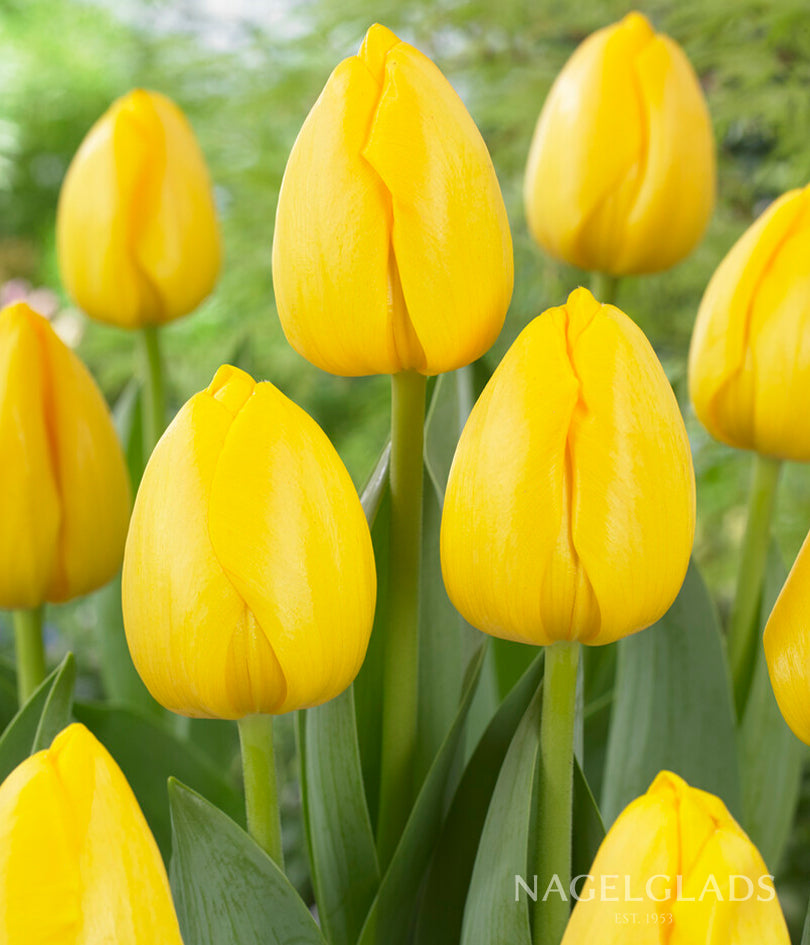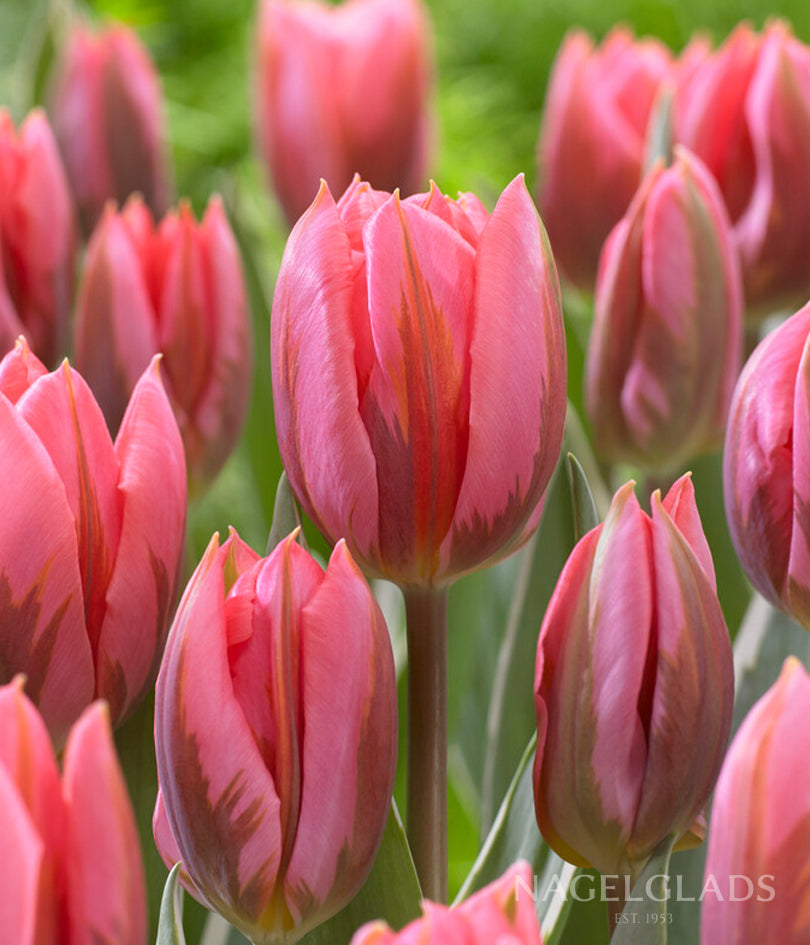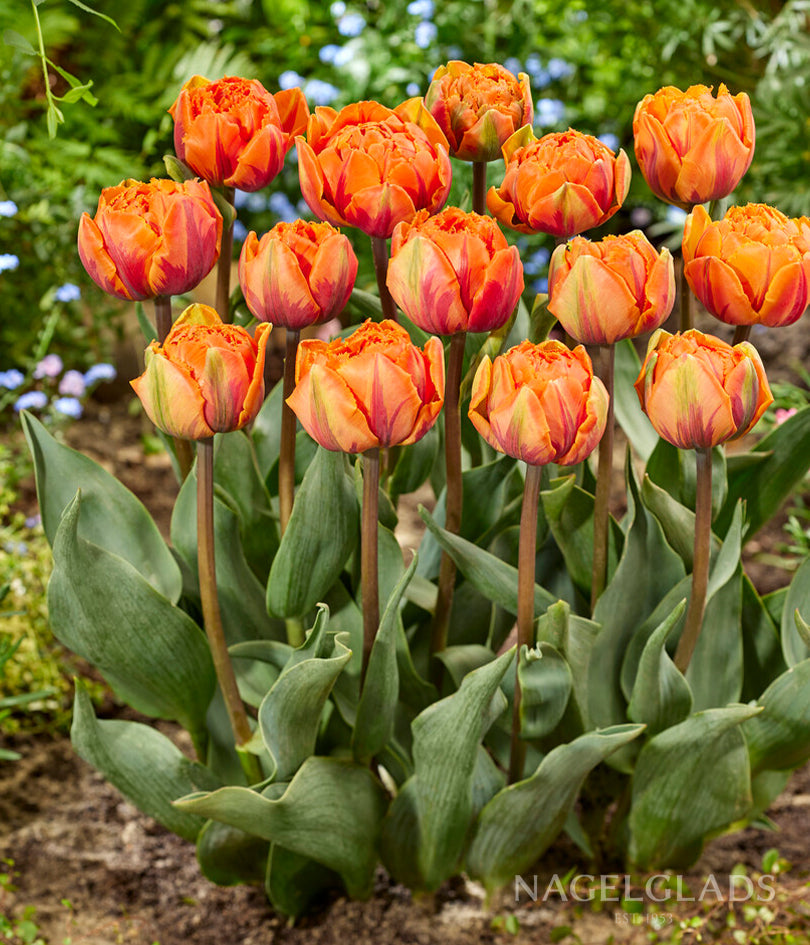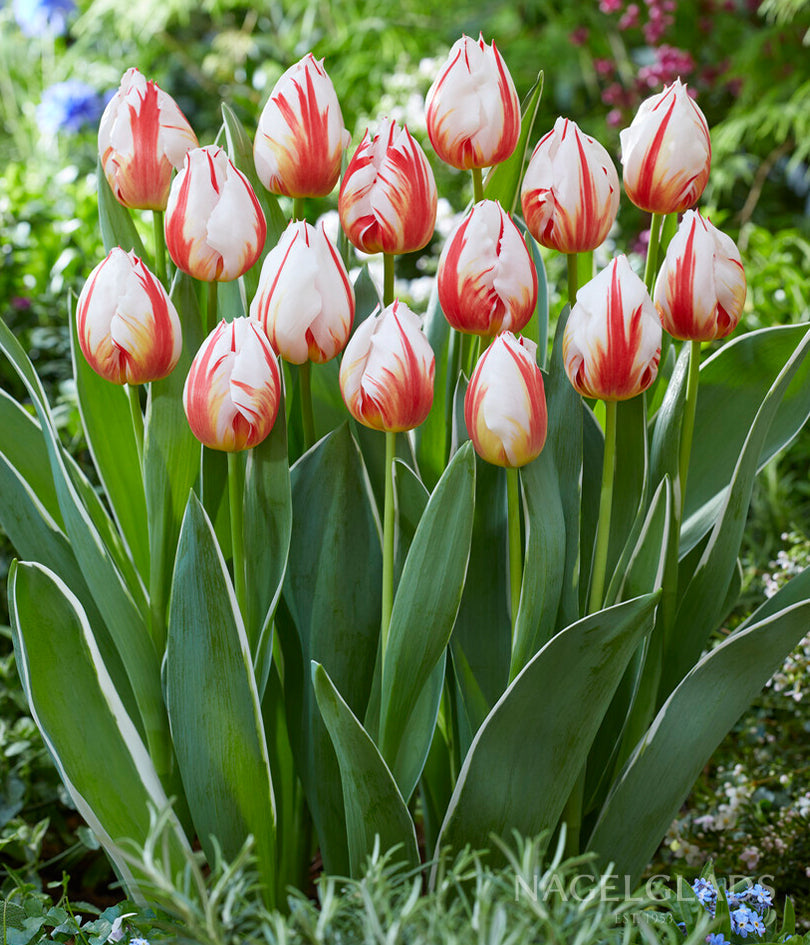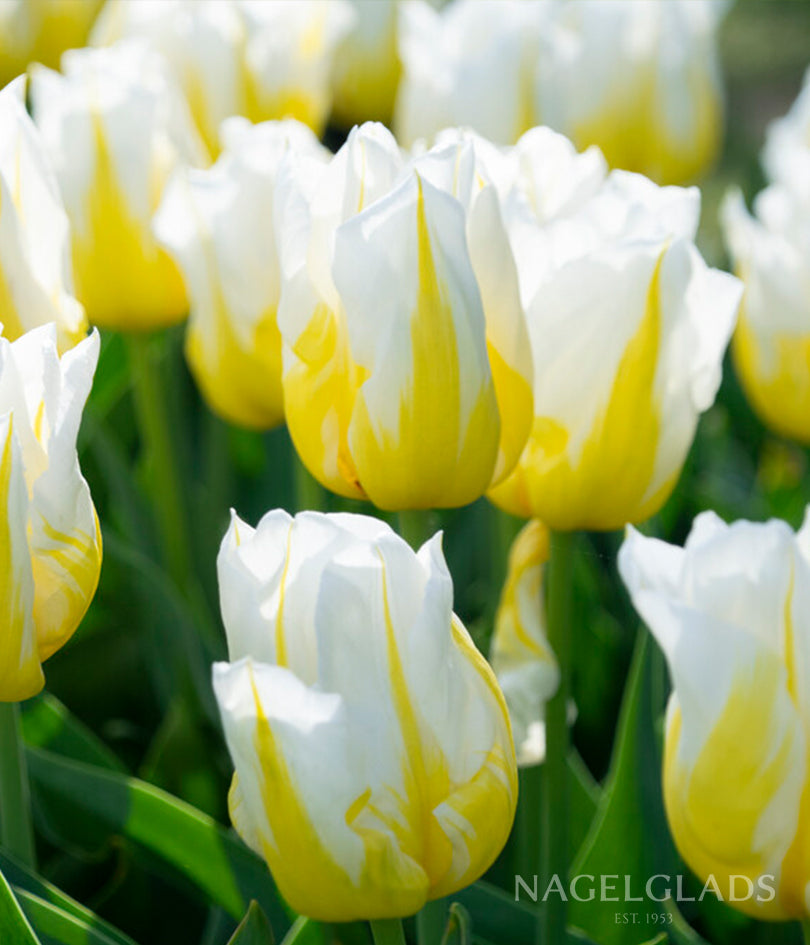Thinking of growing your own garden from scratch? There’s nothing more satisfying than seeing a tiny seed sprout into a lush plant—and it’s easier than you think! Whether you want vibrant summer blooms, tasty vegetables, or a mix of both, starting from seed is a rewarding (and budget-friendly!) way to grow your dream garden.
At Nagel Glads, we’re known for our top-quality flower bulbs—but now we’re offering a handpicked selection of premium seeds for the first time ever! With just 11 carefully chosen varieties, we’re keeping things curated and beginner-friendly—perfect for anyone new to growing from seed.
Starting your home garden from seed is not only affordable—it’s empowering. Whether you’re harvesting homegrown zucchini or admiring a row of poppies in bloom, it all starts with a tiny seed and a little care.
Let’s walk through the basics of how to start seeds indoors and outdoors with confidence.
Step 1: Pick Your Seeds with Confidence
To keep things simple, we’ve selected varieties that are fun to grow and reliably successful. Want summer blooms that pop? Try the Autumn Beauty Sunflower, Iceland Poppy Mix, or Monarch White Gypsophila. Looking to grow your own food? You’ll love our Cerise Cherry Tomato, Dark Green Zucchini, and Marketmore 76 Cucumber seeds.
All 11 of our seeds are easy to handle and grow—great for new gardeners or anyone short on time.
Step 2: Gather Your Seed Starting Supplies
If you're starting seeds indoors, you'll want:
- Seed trays or small containers with drainage holes
- Seed-starting mix (not regular garden soil)
- Labels to keep your varieties straight
- Spray bottle or watering can
- Plastic dome or wrap to keep humidity in
- Sunny windowsill or grow lights
Good prep makes all the difference. A light, sterile mix and good lighting will set your seedlings up for success.
Step 3: Time It Right
Check each seed packet for timing instructions. Some seeds—like Cerise Cherry Tomato or Romaine Ballon Lettuce—benefit from being started indoors about 6–8 weeks before your last frost date. Others, such as Sensation Cosmos Flower Mix and Color Fountain Cleome Mix, are ideal for direct sowing into the garden once the soil warms up.
Not sure of your frost date? A quick online lookup by ZIP code will help you plan.
Step 4: Sow the Seeds
Moisten your seed-starting mix, then plant seeds according to the depth instructions on the packet—usually about twice as deep as the seed is wide. Cover with soil, mist gently, and cover with a humidity dome or plastic wrap.
Keep trays warm—most seeds germinate best between 65–75°F.
Step 5: Give Them Light!
Once your seeds sprout, they’ll need plenty of light. If you don’t have a south-facing window, use grow lights placed just above the seedlings. Keep them on for 12–16 hours a day and adjust as the plants grow.
Without enough light, seedlings can get leggy and weak—so don’t skip this part!
Step 6: Water Wisely
Soil should stay moist but not soggy. Mist or gently water when the top of the soil starts to dry out. Consistent moisture is key—especially in the early sprouting stage.
Step 7: Harden Off Before Transplanting
About a week before planting outside, gradually expose indoor seedlings to outdoor conditions. Start with a few hours in dappled shade, increasing sun exposure and time each day. This helps them adjust and avoid transplant shock.
Step 8: Plant in the Garden
Once your seedlings are ready and the weather is warm enough, transplant them into garden beds or containers. Handle them gently, spacing according to the instructions. Water well after planting.
Some seeds—like McKana Giant Columbine Mix and Purple Coneflower Echinacea—can also be direct sown in early spring or fall.
Ready to start your garden adventure? Explore Our Full Seed Collection
Let’s grow something beautiful—together.






